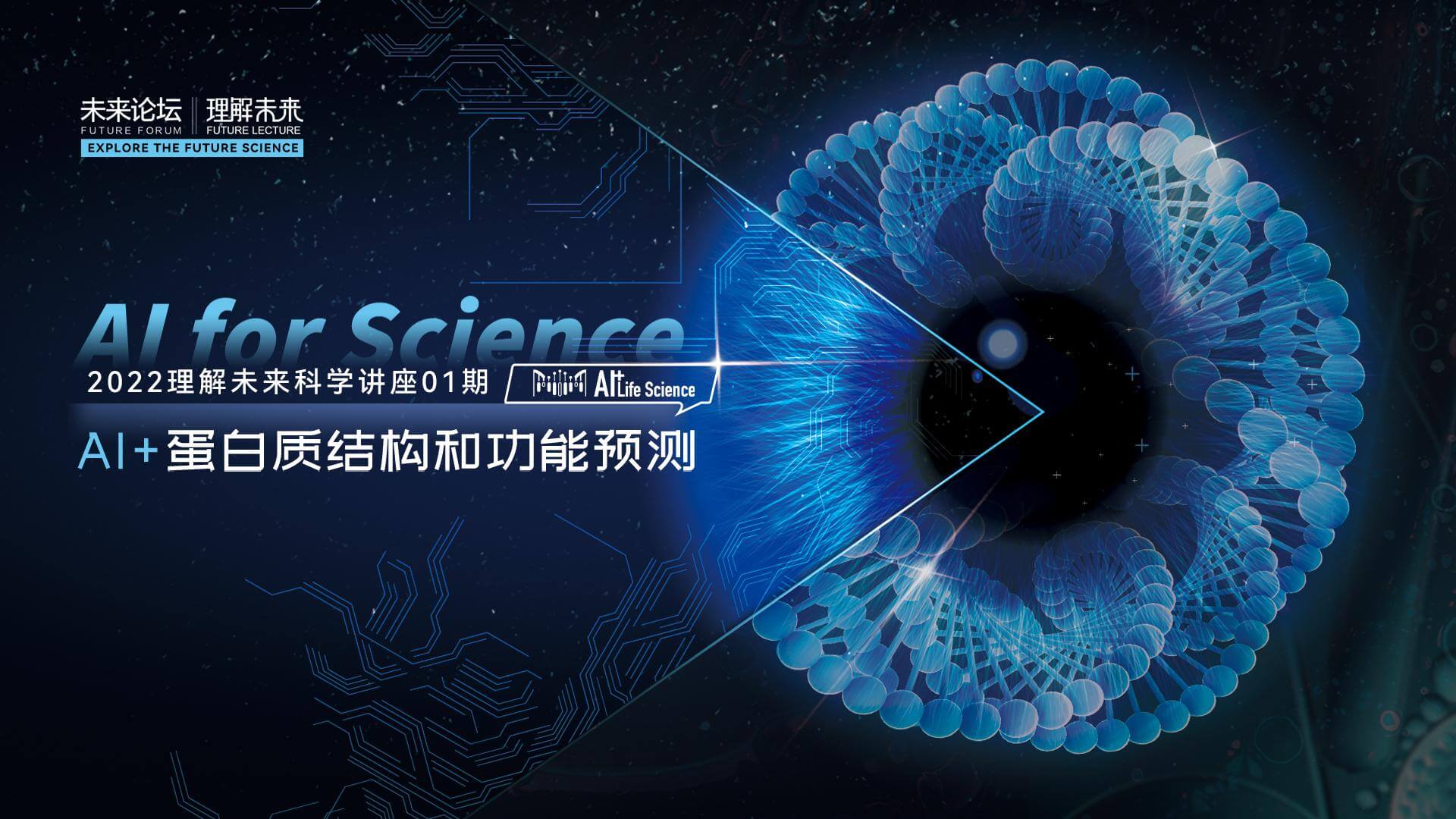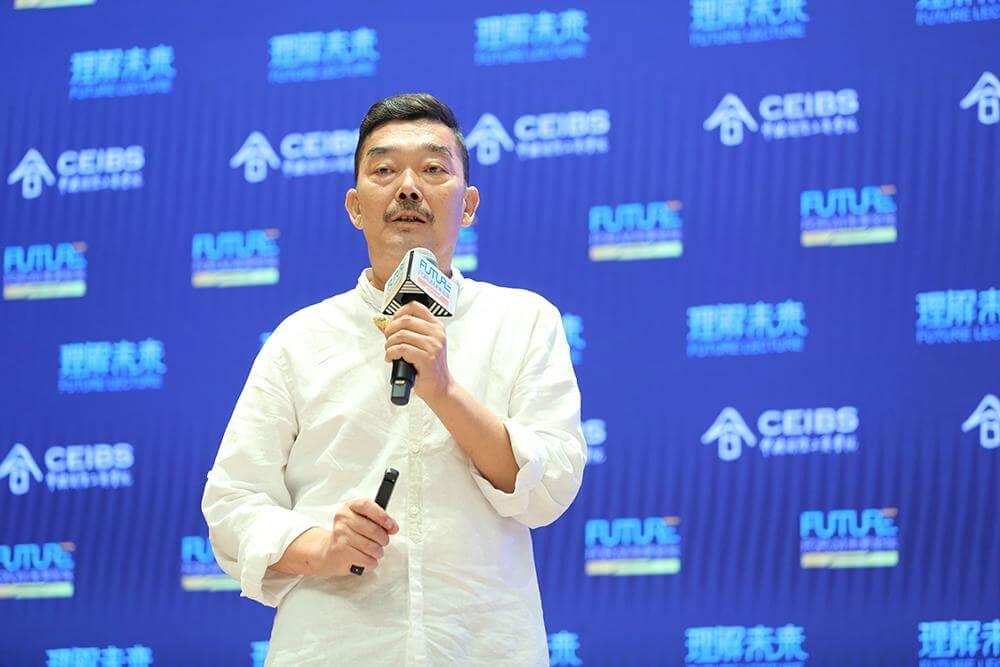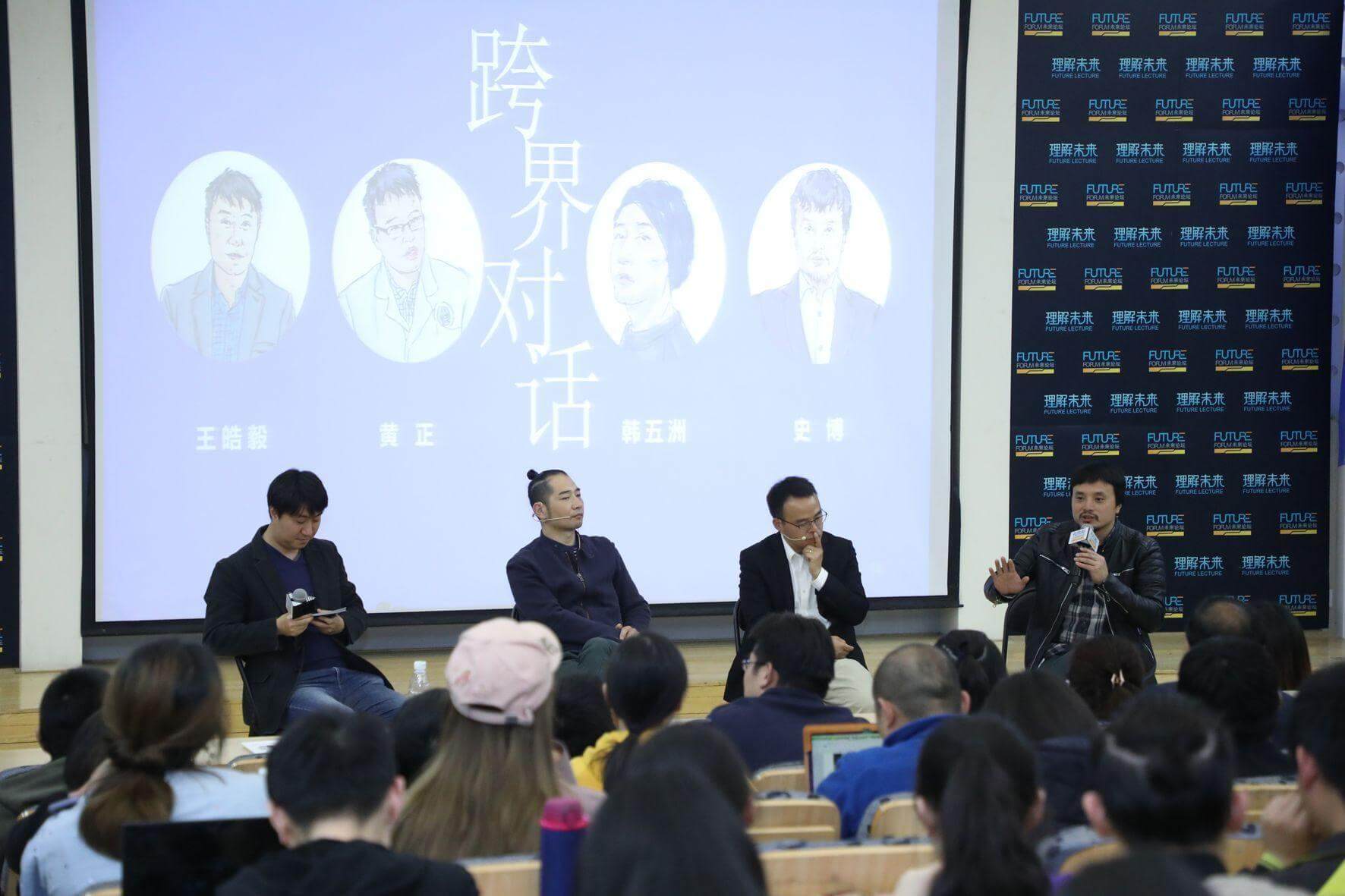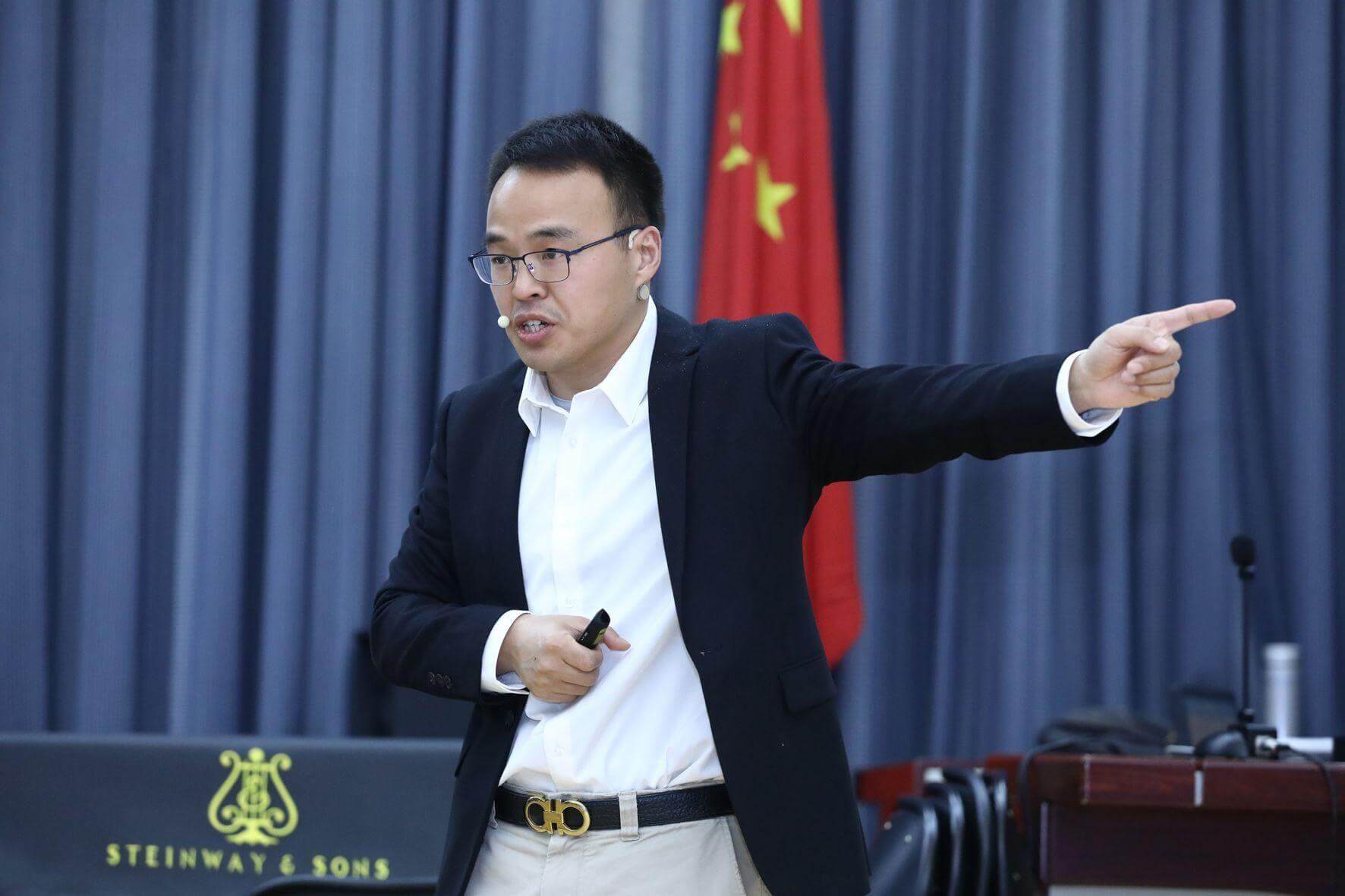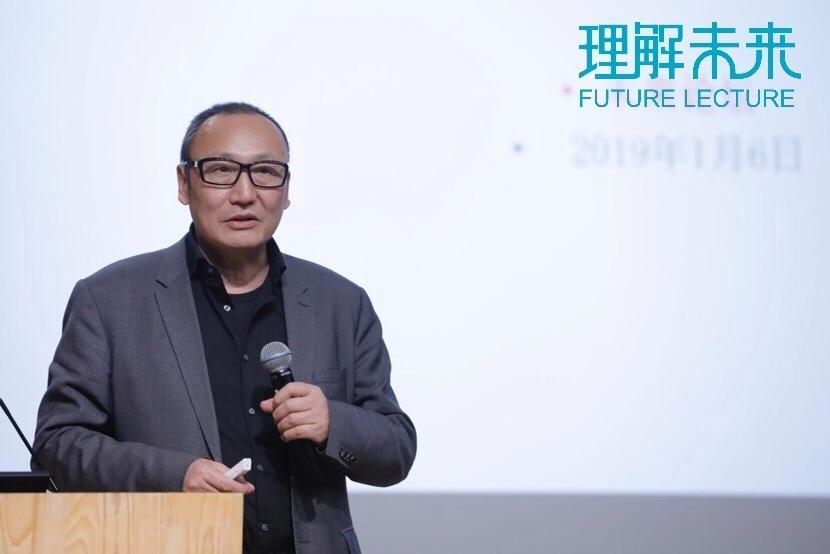Zhaoping LI
Professor of computational neuroscience in University College London, visiting professor of State Key Laboratory of Cognitive Neuroscience and Learning, in Beijing Normal University
Zhaoping Li obtained her B.S. in Physics in 1984 from Fudan University, Shanghai, and Ph.D. in Physics in 1989 from California Institute of Technology. She was a postdoctoral researcher in Fermi National Laboratory in Batavia, Illinois USA, Institute for Advanced Study in Princeton New Jersey, USA, and Rockefeller University in New York USA. She has been a faculty member in Computer Science in Hong Kong University of Science and Technology. In 1998, Zhaoping Li helped to found the Gatsby Computational Neuroscience Unit in University College London. Currently, she is a Professor of computational neuroscience in the Department of Computer Science in University College London. Her research experience throughout the years ranges from areas in high energy physics to neurophysiology and marine biology, with most experience in understanding the brain functions in vision, olfaction, and in nonlinear neural dynamics. In late 90s and early 2000s, she proposed a theory (which is being extensively tested) that the primary visual cortex in the primate brain creates a saliency map to automatically attract visual attention to salient visual locations. She is the author of Understanding Vision: theory, models, and data , Oxford University Press, 2014.


